A lof of this comes down to the distinction between smørrebrød, which literally means “butter and bread”, and rugbrødsmad, which just means “ryebread food”.
While the open-top smørrebrød sandwiches are less a dish than a form of cuisine, analogous with sushi in Japan or tapas in Spain, rugbrødsmad is much more informal.
“Smørrebrød is more exclusive and mainly served in restaurants,” the Danish TV nutritionist Christian Bitz told The Local. “Rugbrødsmad is enjoyed at home with fewer toppings and decorations. It’s also rugbrødsmad that most kids get for lunch in school. It’s prepared by their parents in the morning.”
READ ALSO: Do Danes really eat rugbrød for at least one meal every day?
While Danes aren’t above dropping a slice of cheese on a bit of rugbrød as a quick snack, Bitz said it was “most often a meal that we eat for both lunch or dinner.”
If this is the case, it will often include either fish or meat.
“It’s hard to tell, as the ryebread it self is satiating, but the rugbrødsmadder with high protein are the most filling. That is fish and meat.”
How much time do Danes spend preparing rye bread toppings?
Few Danes will have tupperware boxes or bowls in their fridges filled with homemade toppings such as hønsesalat (chicken salad), egg mashed up in mayonnaise, or beef tartare.
“Most of the things we put on rye bread are either bought or made just before eating,” Bitz explains. “Most people don’t make toppings in advance as everything is easily accessible in supermarkets.”
Home-made pickled beetroots or cucumbers is often the limit when it comes to making toppings from raw ingredients.
“Rugbrødsmadder does not require any fancy topping. Less is more,” Bitz said. “It’s fast and for most of comes with memories from our childhood.
So what do Danes have on hand to put on their rye bread?
Remoulade. This salad, sauce or condiment is originally French, but Danes are almost certainly the world’s leading consumers, with it going on everything from hot dogs to fried fish. No Danish fridge is complete without a bottle. It typically includes mayonnaise, curry, capers, pickled cucumbers, and other chopped vegetables such as cauliflower or white cabbage.

Leverpostej. Anyone who isn’t a vegetarian is likely to have a small tin foil tray of liver paté sitting in their fridge, which usually goes on the ryebread topped with pickled beetroots or cucumber. Bitz said this was probably the most popular option for a school lunch.
Ham or salami. Again, non veggies are more or less certain to have ham in the fridge most of the time. Ham might go on the bread with a slice of cheese and maybe some sliced cucumber or a bit of lettuce. Salami, or spegepølse, can be eaten in much the same way, or else eaten with sliced boiled potatoes. Again, a popular school lunch choice.
Herring. Danes will often have a jar or two of lightly pickled herring, or marineret sild in the fridge, which they might serve with curry dressing and a sliced hard boiled egg. They might also have a jar of karrysild, where the herring is marinaded in a creamy curry sauce.
For a more luxurious evening rugbrødsmad, they might coat fresh herring filets in breadcrumbs and then fry them. You can also buy them ready breaded and frozen and either bake them or fry them from frozen like fish fingers.
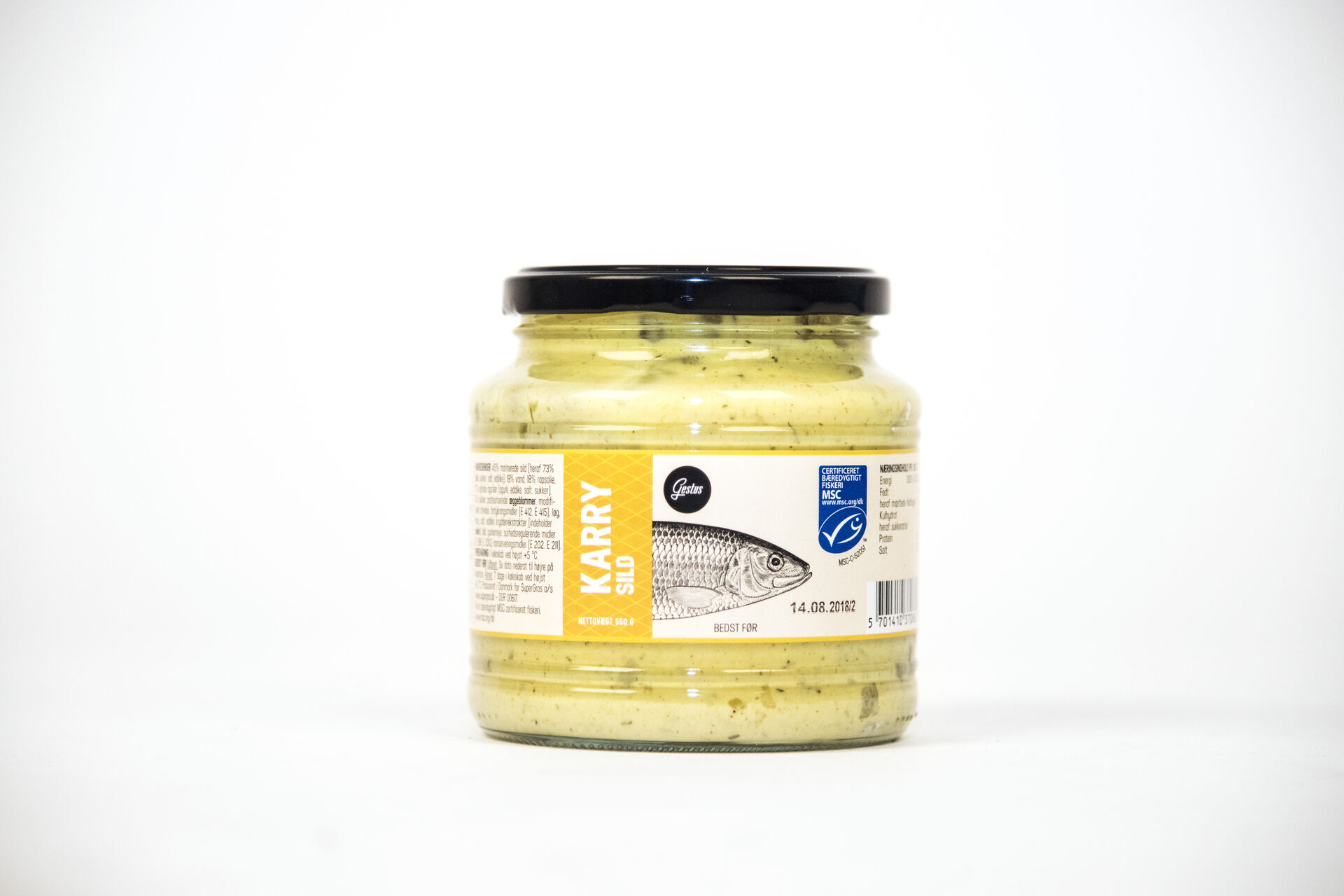
Breaded white fish fillet. Another more luxurious evening rugbrødsmad involves breaded and fried white fish placed on top of the bread and served with remoulade. A typical white fish would be cod, but other cheaper fish are also a possibility.
Boiled potatoes with fried crispy onions and mayonnaise. This is a classic, very simple rugbrødsmad.
Mackerel in tomato sauce (from a can). An easy, tasty snack lunch is to just smear some butter on a few slices of rye bread and open a can of mackerel in tomato sauce, which you then just spread over the bread. Danes tend to mash up the mackerel filets a bit rather than lay them out whole.
Bitz said this was his favourite go-to for a quick evening meal, as it was “super easy and healthy”.
This particular form of rugbrødsmad shot to the top of the news cycle in early 2021, when Prime Minister Mette Frederiksen included a picture of it in a social media post about an unrelated topic. Observers suggested Frederiksen (or her advisors) may have been attempting to cultivate a down-to-earth image by showing she ate such no-frills food.
Prawns with mayonnaise. This is a Danish classic. Danes will either have the prawns in the freezer or preserved in brine in a jar in the fridge. Typically, you would start by putting a lettuce leaf on each buttered slice of rye bread, then some slices of hard boiled egg, then a dollop of mayonnaise, with the prawns then laid on top.
Hummus and avocado. This is definitely not a Danish classic, but is a popular option among vegetarian, health-conscious Danes. This is most likely to be made from a tub of supermarket-bought hummus, but some Danes will mash up a can of chickpeas with tahini and some might even soak and boil their chickpeas themselves.

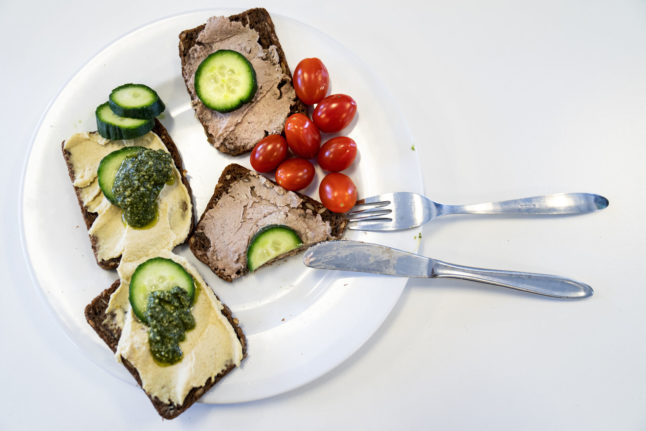
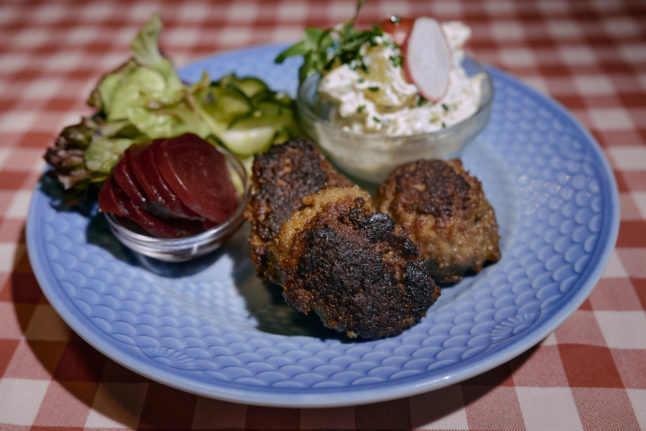
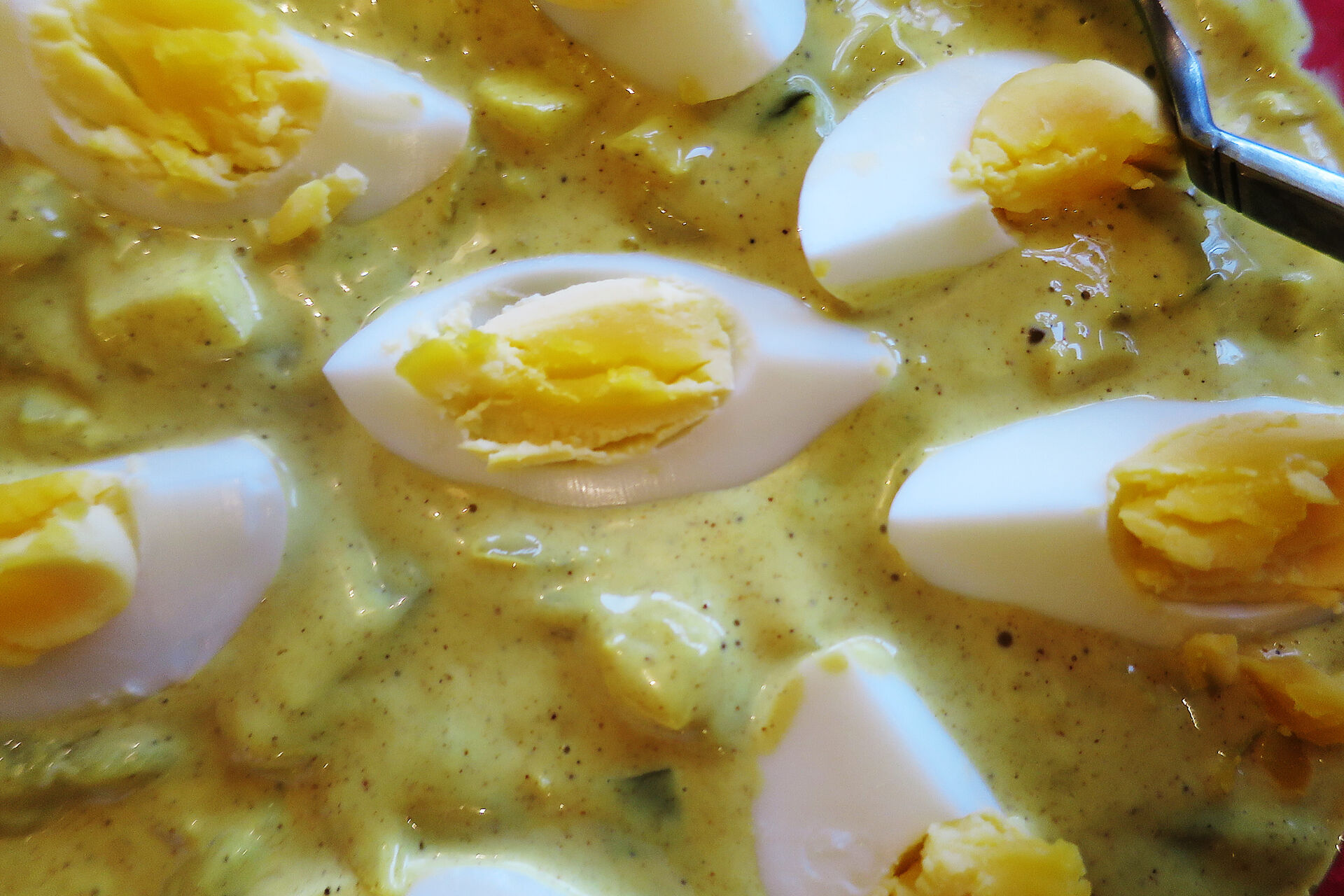
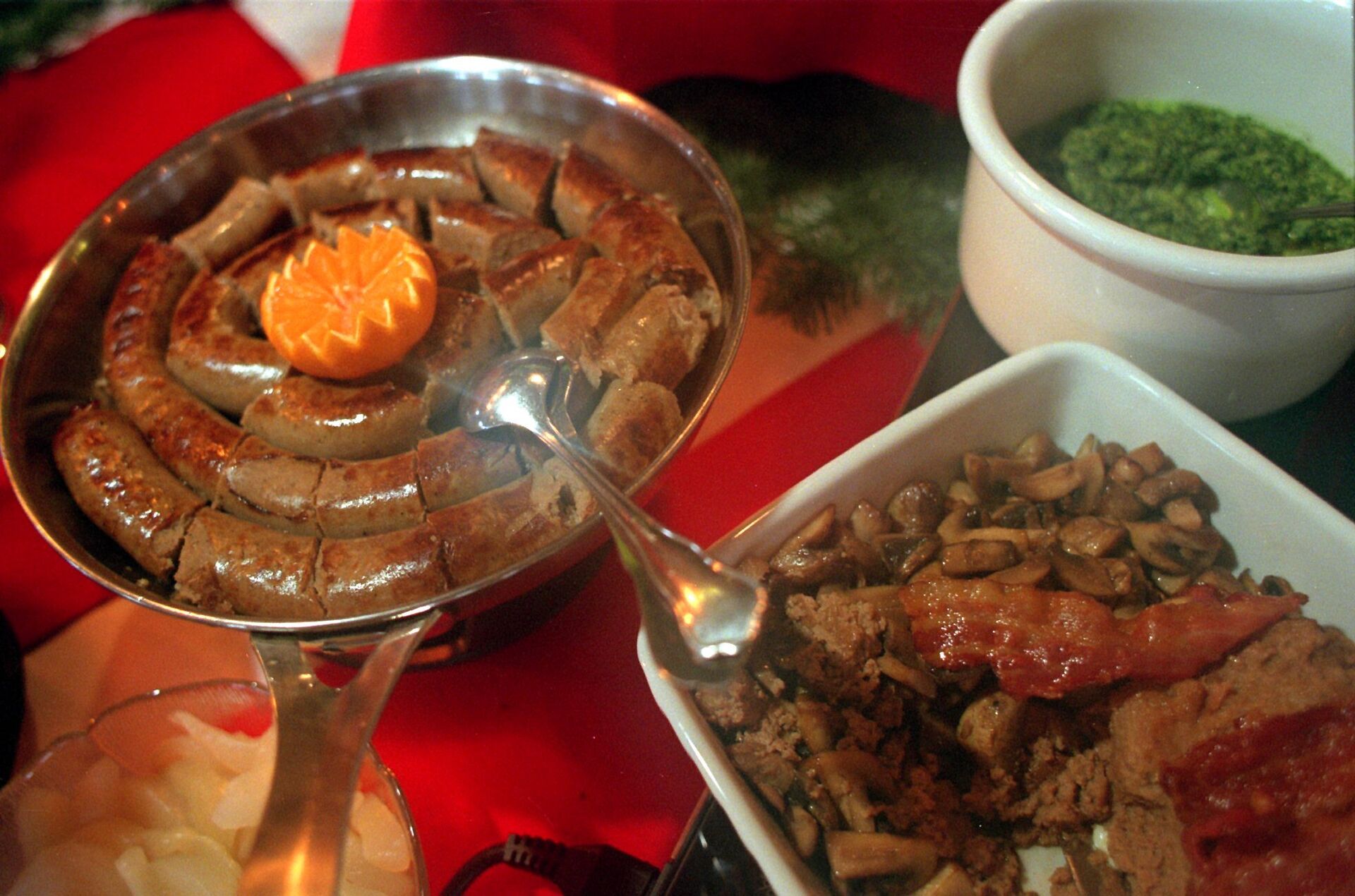
 Please whitelist us to continue reading.
Please whitelist us to continue reading.
Member comments